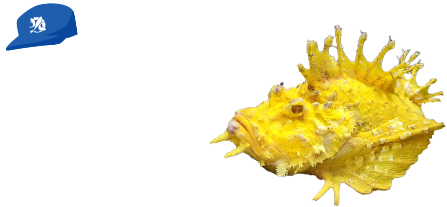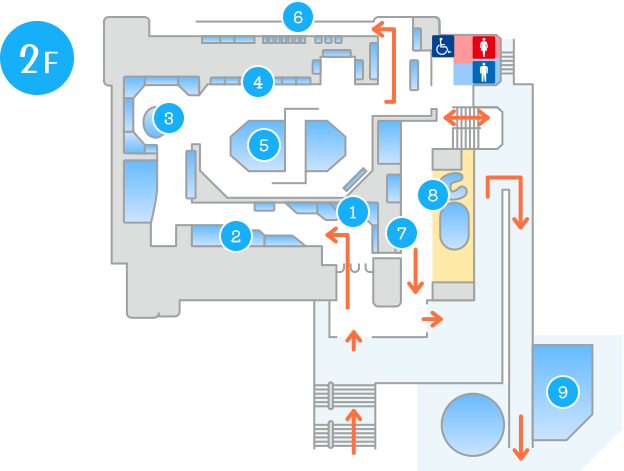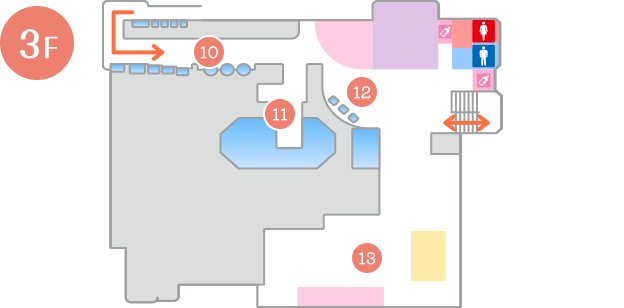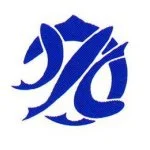日本で最も歴史のある水族館
 本日のイベント
本日のイベント
・春の企画展
ホタルイカ展 ホタルイカマスターへの道
(3月19日~5月11日)
ホタルイカの発光実験
~5月11日の土・日・祝日 [10:50/13:50]
・富山湾大水槽お食事タイム [11:00/14:10]
・おさかなショー [10:30/13:20/14:40]
・アザラシお食事タイム [10:50/14:20]
・ペンギンお食事タイム [11:20/15:10]
※各イベントの時間は前後する場合があります
 開館時間
開館時間
休館日
- 開館時間
- 9:00~17:00 (入館は16:30まで)
- 休 館 日
- 年末年始(12月29日~1月1日)
12月1日から翌年の3月15日までの月曜日
(月曜日が祝休日の場合は翌平日が休館日)
 料金
料金
- 一般(高校生以上)
- 1,000円
- 小学生・中学生
- 500円
- 幼児(3歳以上)
- 200円
 お知らせ
お知らせ
 新着情報
新着情報
 飼育員が
飼育員が
日々更新!
 フロアガイド
フロアガイド
「北アルプスの渓流から富山湾の深海まで」富山の魚を中心に、およそ330種1万点の生物を展示しています。
2階は富山の生物、 3階はジャングル、サンゴ礁にすむ生物のほか、水族館の裏側を覗けるバックヤードコーナーがあり様々な生物をいろんな角度からお楽しみいただけます。

- 1富山の河川コーナー
- 2田んぼの生物多様性コーナー
- 3深海生物コーナー
- 4表層生物コーナー
- 5富山湾大水槽
- 6ジャングルコーナー
- 7タッチプール
- 8アザラシプール
- 9屋外ペンギンコーナー

- 10サンゴ礁コーナー
- 11バックヤードコーナー
- 12おさかなショー
- 13うおすいファミリウム


 魚津水族館 公式Instagram
魚津水族館 公式Instagram 魚津水族館公式 X
魚津水族館公式 X 魚津水族館公式facebook
魚津水族館公式facebook